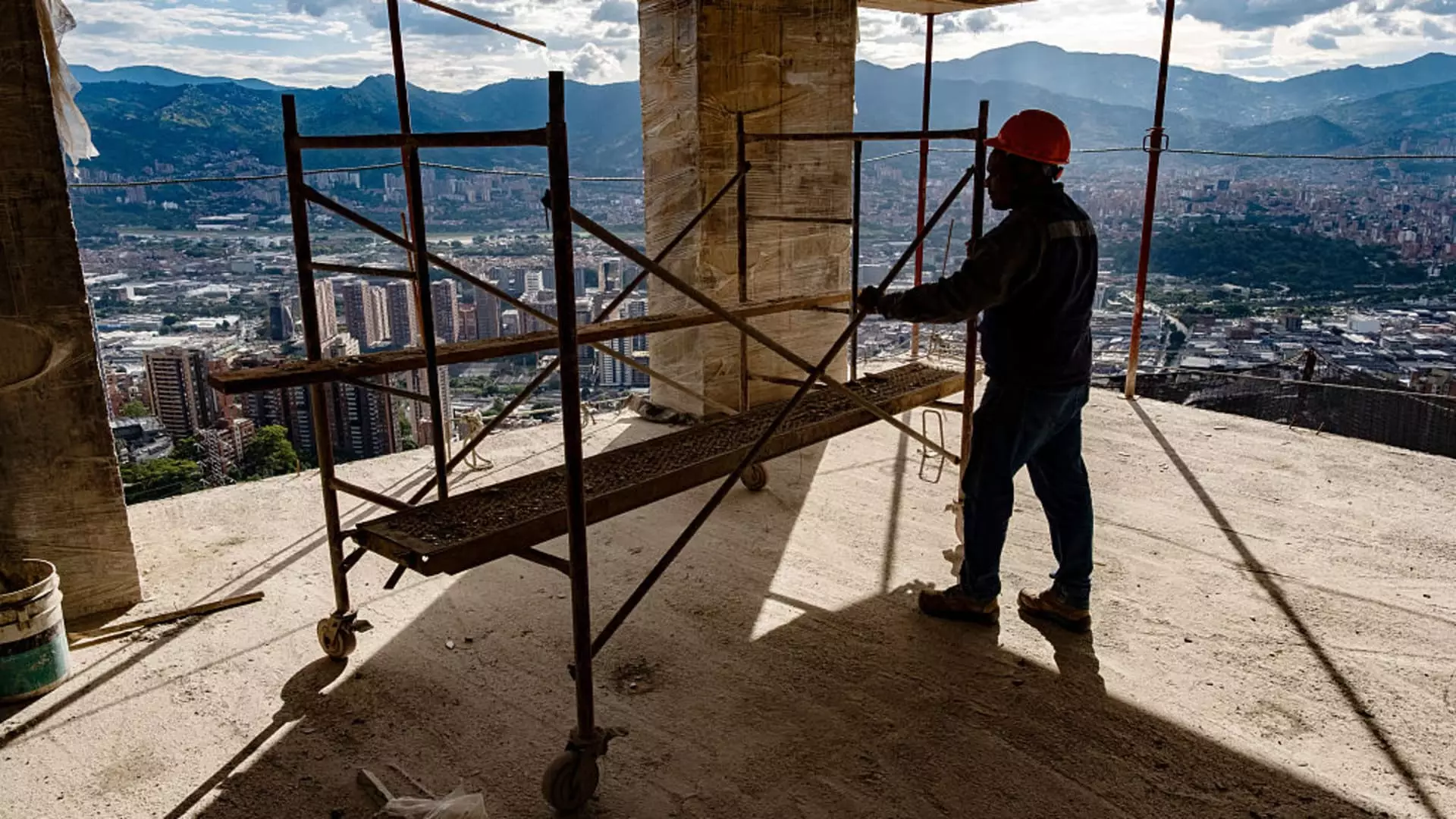The construction sector, surprisingly, remains one of the most antiquated industries in the modern economy. Despite its crucial role in shaping our environments and economies, it clings to outdated practices that hinder efficiency and inflate costs. This resistance to technological advancement is not just an inconvenience—it’s a systemic flaw that drains resources, hampers productivity, and exacerbates environmental impacts. For years, construction companies have allocated a meager fraction of their revenue—less than 1%—to IT and digital innovations, significantly behind industries like automotive and aerospace. This ignorance of technological potential is a short-sighted gamble that threatens long-term sustainability and competitiveness.
This prolonged stagnation is especially problematic given the industry’s immense scale and complexity. With projects often spanning millions of pages of documentation—some of which are constantly evolving—manual management becomes burdensome and error-prone. Every mistake, every miscommunication, compounds delays and waste, creating a ripple of inefficiency throughout the supply chain. It’s a classic case of an industry hampered by its own inertia, refusing to adapt despite the clear economic and environmental costs. The McKinsey Global Institute estimates nearly one trillion dollars in lost productivity each year in construction alone. This is not merely a financial failure but a moral one, considering how much material, energy, and labor are squandered in preventable errors.
Leadership and Innovation: The Missing Ingredients
Amid this landscape, pioneering individuals are carving out new pathways—often at great personal and professional risk—aiming to overhaul the industry’s operational fabric. Sarah Buchner’s story exemplifies this entrepreneurial spirit. Growing up immersed in construction through her father’s work in Austria, she ascended rapidly through ranks in the U.S., managing multimillion-dollar projects with hundreds of workers. Yet, a tragic on-site accident haunted her, catalyzing her shift from traditional construction into the realm of digital safety and efficiency.
Her creation, Trunk Tools, embodies the transformative power of technology tailored specifically for construction. Leveraging artificial intelligence and machine learning, her platform tackles the pervasive problem of unstructured, ever-changing project documentation. It brings order to chaos, transforming millions of pages of blueprints, schedules, and specifications into manageable, searchable formats. This is game-changing: when conflicting directives or missing information threaten to delay a project, an AI-driven system can quickly identify discrepancies, reducing errors and cutting costs.
However, the industry’s reluctance to fully embrace such innovation remains a major obstacle. Many firms view technology as a risky expense rather than a strategic investment. This mindset must change if the industry is to evolve into a more intelligent, sustainable, and competitive sector. The recent infusion of $70 million in funding into startups like Trunk Tools signals a shifting tide—investors recognize the enormous potential for technological disruption but also highlight the collective need for a paradigm shift within the industry itself.
The Critical Need for Disruptive Change
Technological innovation in construction isn’t just about improving efficiency; it’s about creating a smarter, safer, and more environmentally responsible industry. Automation and data-driven decision making can drastically reduce waste, diminish carbon footprints, and speed up project timelines. Every minute saved and every error avoided translates into real economic and ecological benefits. Yet, these advancements face an uphill battle due to entrenched practices and the industry’s general aversion to change.
One cannot ignore the central role that strategic technological investments could play in transforming construction’s future. It’s a matter of weighing short-term expenses against long-term gains—a calculus many firms seem reluctant to undertake. The fact that some of the largest projects in New York City still wrestle with millions of pages of dynamic documentation is a testament to how far the industry still has to go. This is a paradox of resource-rich corporations maintaining a can’t-lose status quo, even as the evidence of inefficiency accumulates.
In a broader context, the push toward modernization aligns with the center-right principles of fostering competitive markets, encouraging innovation, and promoting responsible resource use. It’s not about replacing human labor but empowering it with smarter tools, reducing unnecessary costs, and respecting environmental boundaries. Those who resist this evolution do so at their peril, risking obsolescence in a world that increasingly demands transparency, agility, and accountability. For the industry’s future, embracing technological disruption is no longer optional—it’s essential for survival in an evolving global landscape.

